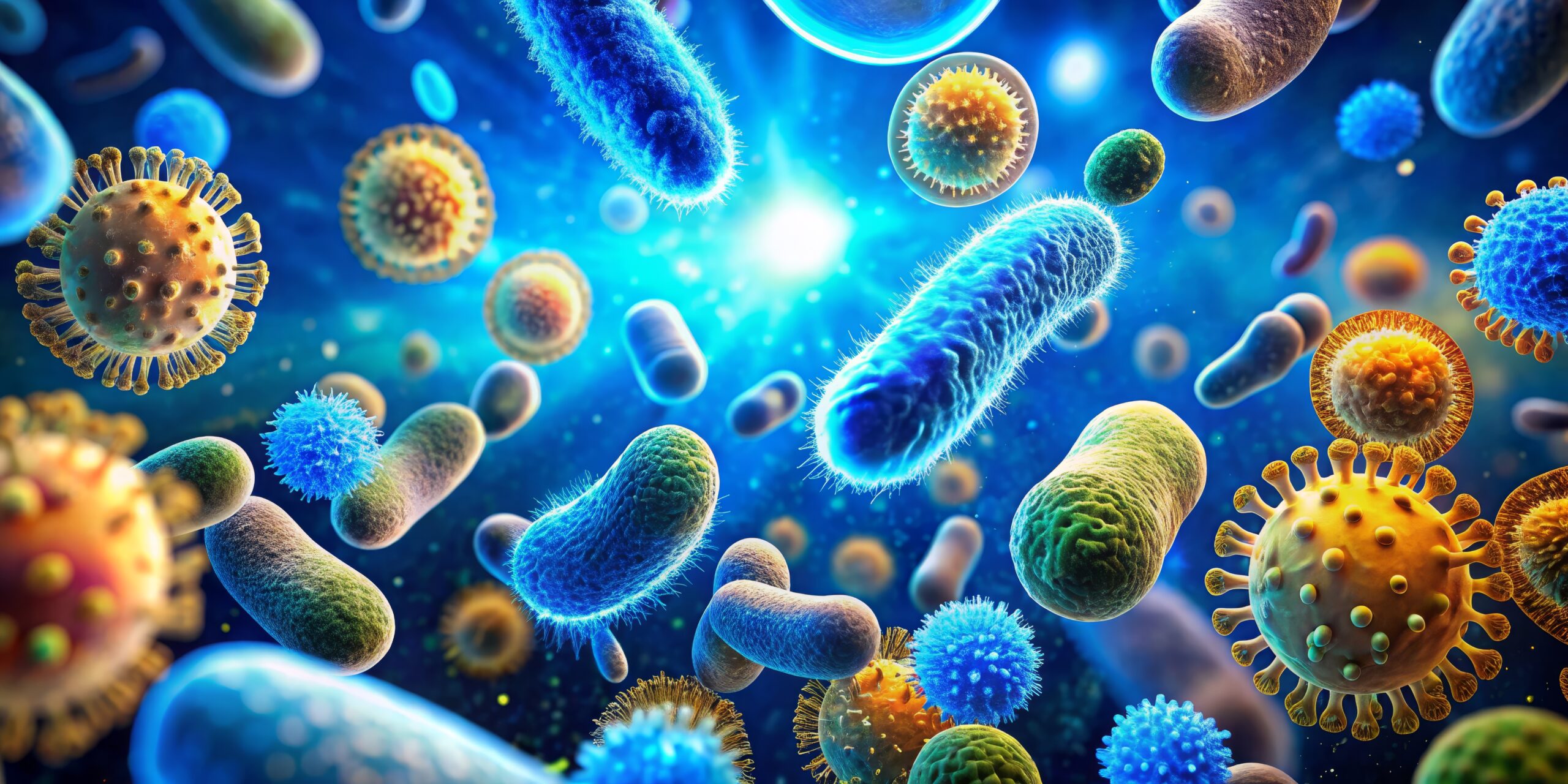
Quality Control Testing for Adventitious Agents
Detection of contamination within the manufacturing process.

What is Adventitious Agent testing and why is it important?
Adventitious Agent (AA) testing is a critical process used to detect unintended contaminants—such as bacteria, viruses, and fungi—introduced during the manufacturing of biotherapeutics and vaccines. While many of these agents may be harmless, some pose serious risks, including severe illness or death. Ensuring their detection is vital for the safety and efficacy of biologics.
Traditionally, AA testing relies on a combination of in vitro and in vivo assays. Though long-standing, these methods have significant limitations:
Targeted Detection – They require prior knowledge of the potential contaminants.
High Sample Input – Large volumes of sample are necessary.
Low Throughput – The process is time-intensive and inefficient for high sample volumes.
These conventional techniques are not only resource-heavy but also limited in their ability to detect novel or unexpected agents.
Next-Generation Sequencing (NGS) is revolutionizing AA testing. This advanced technology enables comprehensive, unbiased detection of both known and novel contaminants with unmatched sensitivity and efficiency. By sequencing the genetic material within a sample, NGS can detect a wide range of adventitious agents in a single run—without requiring prior assumptions about what might be present.
NGS addresses all three major shortcomings of traditional methods:
Untargeted Approach: Detects unknown or unexpected agents with no need for pre-designed primers.
Low Sample Input: Requires just 100 ng to 1 µg of DNA/RNA, reducing material consumption.
High Throughput: Processes 30 to 600+ samples simultaneously, dramatically increasing productivity and turnaround time.
From DNA/RNA extraction to sequencing, workflows can be completed in a single day, making NGS a rapid, reproducible, and reliable method for AA detection. This enables early intervention and streamlines remediation, ultimately protecting product integrity and patient safety.
Our NGS-based adventitious agent testing services offer deep, comprehensive insights into contaminant profiles. Leveraging advanced genomic platforms, we deliver rapid, highly sensitive detection to support biologics development, manufacturing, and release. Our approach minimizes false negatives and provides unparalleled confidence in your safety protocols.
We are committed to the highest standards of quality and compliance. Our facility is actively pursuing Good Manufacturing Practices (GMP) and Good Laboratory Practices (GLP) certifications, with a focus on validated protocols, robust documentation, rigorous quality control, and continuous staff training.
Partner with Us
Enhance your AA testing strategy by partnering with our expert team. Whether supporting research, development, or lot release, our state-of-the-art NGS capabilities help you meet regulatory demands, mitigate risk, and ensure patient safety.
Khan, A. S., Mallet, L., Blümel, J., Cassart, J. P., Knezevic, I., Ng, S. H. S., Wall, M., Jakava-Viljanen, M., Logvinoff, C., Goios, A., & Neels, P. (2023). Report of the third conference on next-generation sequencing for adventitious virus detection in biologics for humans and animals. Biologicals, 83, 101696. https://doi.org/10.1016/j.biologicals.2023.101696
Gombold, J., Karakasidis, S., Niksa, P., Podczasy, J., Neumann, K., Richardson, J., Sane, N., Johnson-Leva, R., Randolph, V., Sadoff, J., Minor, P., Schmidt, A., Duncan, P., & Sheets, R. L. (2014). Systematic evaluation of in vitro and in vivo adventitious virus assays for the detection of viral contamination of cell banks and biological products. Vaccine, 32(24), 2916-2926. https://doi.org/https://doi.org/10.1016/j.vaccine.2014.02.021
Morris, C., Lee, Y. S., & Yoon, S. (2021). Adventitious agent detection methods in bio-pharmaceutical applications with a focus on viruses, bacteria, and mycoplasma. Current Opinion in Biotechnology, 71, 105-114. https://doi.org/https://doi.org/10.1016/j.copbio.2021.06.027
https://www.ema.europa.eu/en/documents/scientific-guideline/ich-q-5-r2-viral-safety-evaluation-biotechnology-products-derived-cell-lines-human-or-animal-origin-step-2b_en.pdf
